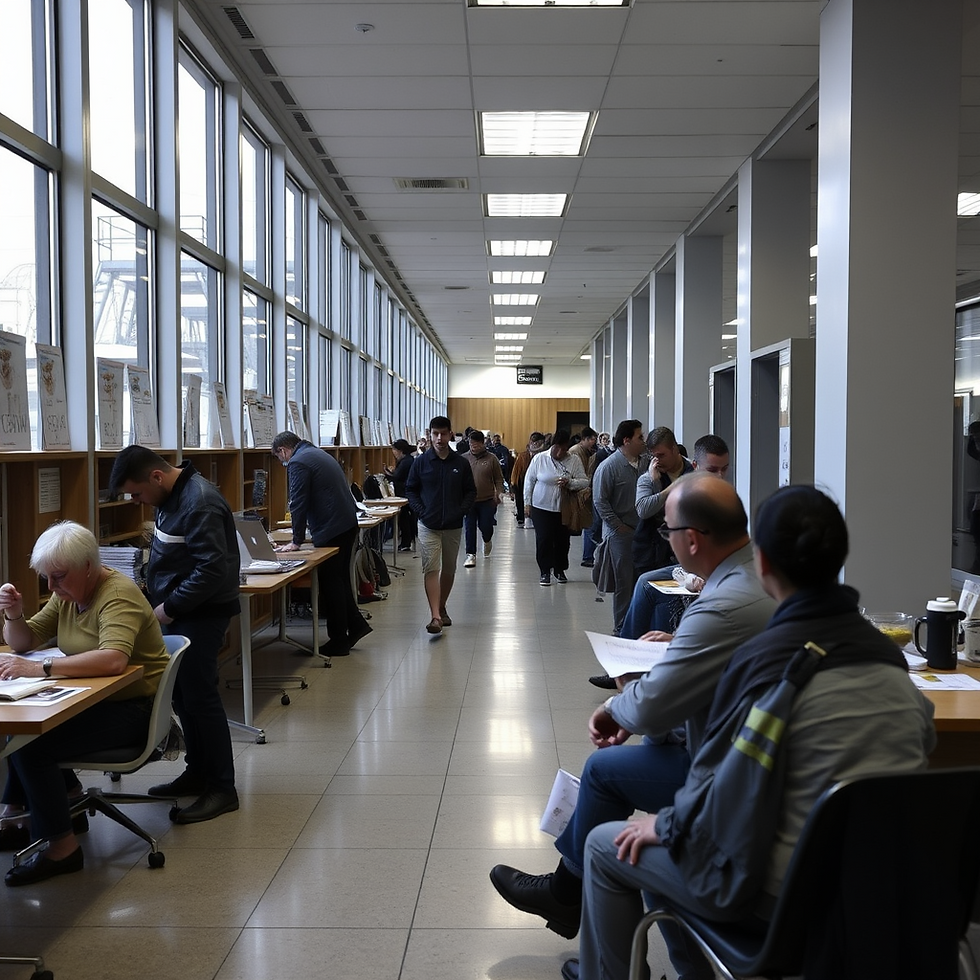Treasury and Finance in the Context of Company Mergers
- Arda Tunca
- Nov 13, 2024
- 4 min read
The deterioration in macroeconomic balances begins with the deterioration in micro balances. Depending on the type of variable considered, the direction in which macro and micro interactions affect each other may differ. In other words, the deterioration in micro balances may negatively affect macro balances, and then macro balances may negatively affect micro balances. In general, the existence of a two-way interaction mechanism can thus emerge. Depending on the strength of the contagion effect, this vicious circle may deepen.
We know that companies can initiate merger projects for purposes such as reducing costs, strengthening balance sheets, and reducing indebtedness. While strategic partnerships are more on the agenda outside of economic environments that include crises or negativity, the power of the three issues above to motivate mergers increases in environments where the economic outlook is negative and involves intense uncertainty. Thus, it is possible to benefit from economies of scale, to place assets on a more widespread basis, and to achieve synergy in operations.
I remember that after the Asian Crisis in 1997, there was an increased trend of buying companies from developed countries to developing countries due to falling multiplier values in developing countries.
Mergers have changed the traditional roles of finance and treasury departments in company management. The process of merging two companies or purchasing one from the other necessitates an extremely complex work order. Finance/treasury departments are positioned at the center of the project in managing the capital inflow/outflow, the legal rules being guaranteed by contracts, and the integration issues after the merger. Because the integration of the other areas of the merged organization may take time, but monetary/financial issues must be legally involved from the very beginning of the new formation. Otherwise, there is a high probability that the operations of the new organization will come to a standstill.
In company mergers and acquisitions, the existence of a well-coordinated finance/treasury department and good coordination with other departments of the newly formed organization are of critical importance for the successful completion of the project. The finance/treasury department is at the center of relations with banks, investors, rating agencies and independent auditing firms.
As a new organization or organizations that were in different countries before the merger are established in a new country and the operations that keep a company afloat are carried out in different countries, a much more complex financial and legal structure must be managed throughout the project.
Imagine that a new organization has been established but it cannot open letters of credit from banks, cannot obtain letters of guarantee or international guarantees, does not have bank accounts that can manage daily liquidity and a reporting system suitable for the new organization is not ready, the flow of information to manage bank debts has not been provided and therefore the borrowing cost risk cannot be managed, foreign exchange risk cannot be managed. I think it would not be an exaggeration to think that this organization will have a life of a few days or, optimistically, a few weeks. These issues concern the very beginning of the work. There is also the management of change, in which the finance/treasury functions play an important role.
It is very important for companies to spend minimum time on standardization and automation of some basic issues and to spend maximum time on strategic thinking. The time spent on traditional processes (for example, receivables/payables tracking and aging) should be very short. However, the contribution to the company with the time spent on correctly reading the results of these processes is very big. At this point, technology is very helpful today. However, it is very important to place technology correctly in the company. It is much easier for companies that have developed a common financial management culture to integrate new technologies within themselves and to conduct effective company management through the reports produced by technology without being a slave to technology. In other words, a very burdensome and long process begins with the purchase of technology. Unfortunately, there are many more unsuccessful examples than successful examples in terms of adapting new technologies to the organization.
According to a worldwide study conducted by Accenture, in the process of managing the change that occurs after company mergers or acquisitions, expectations are not met at rates ranging from 50% to 80%. Change in technology is also an important part of this. Because, there is a great technological integration that occurs with the merger. This situation is valid for all companies, whether they are manufacturing or not.
In order for change management to be successful, a strategy and planning for this long process must be made, the leadership roles in the previous two organizations must be synchronized, communication with shareholders must be very strong, the criteria for change must be very clearly defined, organizational readiness must be determined, and employee performance must be kept high through training or strong communication.
In the event of an acquisition, there is of course a small (!) problem of financing the acquisition that remains on the sidelines. This is a subject that needs to be addressed within the technical research (due diligence) process. While examining the company being acquired from every aspect, a creditor institution needs to be monitoring the process for financing the acquisition. Of course, if the acquisition is not to be made with equity.
The finance/treasury function needs to be in contact with the creditor institution on all these issues in order to ensure continuity of relations with banks, financing of working capital, debt management, continuation of current and planned investments, management of foreign exchange and commodity price risks, existence and continuity of all types of bank guarantees, continuation of insurance policies, and making personnel-related expenses.




Comments